The Everest Base Camp Trek is a challenging trek that takes hikers through the beautiful and rugged landscape of the Himalayas. The trek typically takes about 2 weeks to complete and involves hiking at high altitudes, which can be difficult for some people.
The highest point on the trek is at Kala Patthar, which stands at an altitude of 5,545 meters (18,192 feet). This altitude can cause altitude sickness in some people, so it’s important to acclimatize properly and take the necessary precautions.
The long exhausting walks throughout the cold and remote high-altitude trails are tough. Trekkers must understand the Everest Base Camp trek difficulty before heading for the trek. Read below on details what makes difficult for Everest Base camp Trek
Frostbite and Hypothermia
The Everest Base Camp trekking trail takes you around the world’s peak of Everest. Not only Everest but any mountainous region is known for being cold. Moreover, the higher the altitude, the colder weather you will face. The weather worsens in the trek’s upper part, at the Base Camp or at the Kala Patthar viewpoint.
High altitudes have very erratic weather; they receive snowfall and storms almost every time. So, worries about getting frostbite and hypothermia are common.
Hypothermia is a condition that occurs when someone receives less body heat than they lose. Such heat exchange causes a significant temperature drop in the body. Symptoms of hypothermia consist of shivering, memory loss, fumbling, confusion, etc. Hypothermia could develop due to a lot of other pre-existing difficulties. Some of them could include hunger, dehydration, exhaustion, inadequate clothes, etc.
Frostbite, on the other hand, is a less frequent Everest Base Camp trek difficulty. Frostbites happen when exposure to a very cold temperature attacks tissues and skin. They occur in externally exposed body parts like the chin, ear, nose, fingers, or toes. You could lose such organs if you get frostbite. In the Everest expedition and other mountain climbs, frostbites are very common.
But since the Everest Base Camp trek occurs in significantly lower areas, they aren’t as cold. So frostbites need to be cautioned, but they do not happen every other day.
Weather and climate-related issues
The Nepali trekking region is packed with tourists in certain seasons and barren in other seasons. This is because a seasonal window allows for the best trek in Nepal. These seasonal windows are determined by weather and climate based on the time of the year. There also lies such a trekking window for the Everest Base Camp trek. The best time to trek the Everest Base Camp, based on weather and climate, is during spring or autumn.
The spring and autumn seasons are the best seasons for Everest Best camp treks are due to their temperate weather. These seasons also do not bring rainfalls or snowfalls, resulting in a dry trekking trail. A dry trekking trail makes your journey easy and prevents accidents and falls. Moreover, the spring and autumn seasons give you clear blue skies. So, the views of the mountains, springs, glaciers, rivers, etc., on the journey become more enchanting.
Winter and monsoon seasons, on the other hand, are the exact opposite of spring and autumn. Monsoon rain and winter’s snowfall make the trekking route very harsh. The road could get slippery and cause accidents. You need to manage excessive precautionary gear and tools for such weather.
Winter’s freezing weather in the Khumbu region also should not be taken lightly. The winter cold could cause hypothermia and trigger other health issues.
Hence, Everest Base Camp trek difficulty could be easily mitigated if planned in the proper season.
Trekking season difficulties
We have already elaborated on why doing the Everest Base Camp trek off-season brings difficulty. But the peak trekking season is also not completely hassle-free. The peak trekking season causes a spike of trekkers in the Everest region trails. Trekkers literally crowd the trekking trails of the Everest Base Camp region. An environment full of trekkers could be a good chance to socialize. But for accommodation facilities and a quality trekking experience, crowds are red flags.
The high number of trekkers makes it difficult to get your hands on trekking tools. You will not easily get accommodations or flight tickets. The crowded route makes the trek less joyous and irritating.
You could somehow mitigate these issues by acting more quickly. Booking for flights and lodges earlier could save you. You could also sleep on the tea house communal dining space’s floor if you have no option.
Altitude sickness
Altitude sickness is a health hazard when you gain a lot of altitude at once. You will likely suffer when trekking in high-altitude places like the Everest region. Trekking the Everest Base Camp region will likely expose you to low levels of altitude sickness. These are called Acute Mountain Sickness (AMS) and show generic symptoms. AMS could result in nausea, headaches, vomiting, nosebleeds, etc.
It would be best if you mitigated symptoms of AMS by taking a rest or returning to a lower altitude. Acclimatization days are usually separated when doing high-altitude treks, which will be helpful. Once symptoms of AMS subdue, you can continue with the trek.
However, neglecting AMS symptoms could cause worse altitude sickness like HAPE or HACE. These altitude sicknesses affect you mentally and neurologically too. You get severe headaches, ice-cold skin, hallucinations, loss of vision, and much worse issues.
The altitude sicknesses come in different levels, and one worsens into the more deadly form. Meaning if AMS is not treated well, it results in High-altitude Pulmonary Edema (HAPE). If HAPE is not treated well, it could result in High-altitude Cerebral Edema (HACE).
Illness of HAPE and HACE are much more serious than AMS and occur in the higher mountain regions. HAPE and HACE occur when excess fluid secrets in the lungs and brain. Such severe illness can end up causing people to lapse into a coma or even die.
HAPE and HACE do not pose serious threats within the Everest Base Camp, but AMS does. AMS symptoms worsen into HAPE and HACE. So being wary of altitude gain and accommodating is essential during the Everest Base Camp trek.
Minor injuries
If you are not used to prolonged hikes, you will probably get minor injuries during a long trek. Injuries like sprains, strains, or blisters are common when you do the Everest Base Camp trek. Sprains refer to torn ligaments, strains refer to torn muscles, and blisters are the formation of bumps on the skin. They occur when you put a lot of strain on your body, particularly the legs, during treks.
If these injuries are severe, you need to rest until they heal. You can also prevent such injuries by taking slow and cautious walks. Injuries often occur due to the haphazardous activities of the victims. So caution could save you from this Everest Base Camp trek difficulty.
Oxygen deficiency
The oxygen saturation in air drops low as you move higher in altitude. Oxygen deficiency is a major problem while doing mountain climbing expeditions. Most mountain climbs, especially the eight-thousands, need you to carry supplemental oxygen. Without an oxygen tank, you would not survive a mountain climb.
But oxygen deficiency is not a grave issue on lower trekking trails of Everest Base Camp. However, it does not mean you should ignore it. Oxygen deficiency could occur even in Base Camp treks for special needs people.
If you are prone to certain conditions that could cause shortness of breath, ensure supplemental oxygen. Although the base camp routes are not very high, trekkers must trek up to above 4000 meters.
Lukla Flight Delays and Reschedule
Lukla, gateway to Everest, is situated at an elevation of 2880 meters. The weather on Lukla is ever changing with its airport being most affected. The weather pattern of Lukla is unpredictable as it is heavily influenced by high altitude and mountainous terrain. The area surrounding this village receives swift weather change making it prone to rapid weather changes and challenging conditions.
The area often encounters sudden snowstorms, heavy rainfall, misty weather combined with strong winds. This leads to low visibility in the area often leading to flight disruptions. Especially during the monsoon and winter months, the Tenzing-Hillary Airport in Lukla is disturbed with foggy atmosphere causing numerous delays and cancellations.
During the peak season (spring and Autumn) most flights are fully booked and it is hard to get the tickets. Also, all the supplies and logistics for Everest region is supplied via flight to Lukla making it very busy during the peak seasons. We suggest that you book your flights in advance.
Planing to Everest Base camp Trek?
Contact Us
Whats App: -+977-9841273869 (Babu)
Email: aghtrek@gmail.com
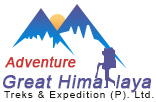
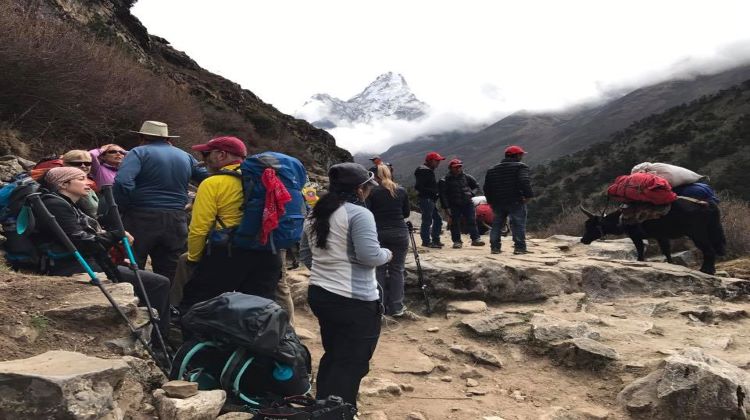


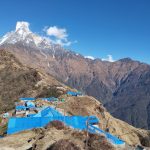 Thursday, November 27th, 2025
Thursday, November 27th, 2025
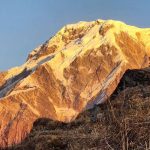 Wednesday, November 26th, 2025
Wednesday, November 26th, 2025
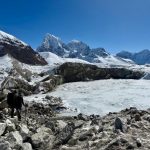 Friday, November 21st, 2025
Friday, November 21st, 2025
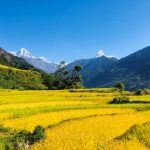 Saturday, October 18th, 2025
Saturday, October 18th, 2025
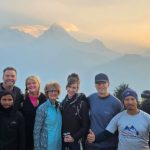 Friday, October 17th, 2025
Friday, October 17th, 2025
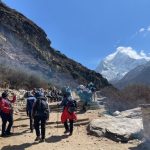 Tuesday, September 2nd, 2025
Tuesday, September 2nd, 2025
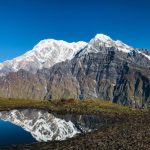 Saturday, August 30th, 2025
Saturday, August 30th, 2025
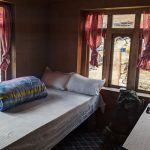 Monday, July 7th, 2025
Monday, July 7th, 2025
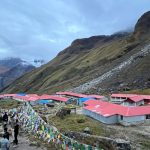 Thursday, July 17th, 2025
Thursday, July 17th, 2025
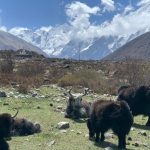 Monday, July 7th, 2025
Monday, July 7th, 2025
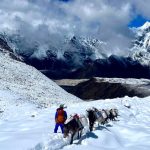 Wednesday, August 20th, 2025
Wednesday, August 20th, 2025
 Tuesday, August 5th, 2025
Tuesday, August 5th, 2025
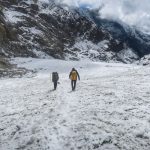 Wednesday, August 6th, 2025
Wednesday, August 6th, 2025
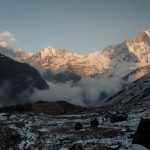 Wednesday, August 20th, 2025
Wednesday, August 20th, 2025
